Additional notes/worksheet - First Class Login
Additional notes/worksheet - First Class Login
Additional notes/worksheet - First Class Login
- No tags were found...
You also want an ePaper? Increase the reach of your titles
YUMPU automatically turns print PDFs into web optimized ePapers that Google loves.
acist attitudes, there was not much chance that Metis workers would bepromoted to the easier and better-paying jobs in the fur trade.The Peoples of British North America – Black Colonists- slavery was legal in BNA until 1834, but many Black colonists were“free.” After 1800, slavery became less and less common. Many Blackpeople chose to immigrate to BNA because they believed they had a betterchance of not being enslaved. Some Black people were sent from Jamaicain 1796, but most of the immigrants came from the United States.- at the time of the American Revolution, approximately 3000 BlackLoyalists came to BNA. They settled mostly in the colonies of NovaScotia and New Brunswick. They did not get the same benefits as theother Loyalists, however. The pieces of land given to the Black Loyalistwere not as large, and they had a hard time getting official title – a legalrecord that the land was theirs. This meant that they could be forced tomove.- There was another big wave of Black immigration when slavery wasoutlawed in BNA. Between 1840 and 1860, approximately 30,000 Blackmen, women and children came to BNA to escape slavery in the UnitedStates. They settled in all parts of BNA, but mostly joined the Blackcommunities already existing in Canada West (now Ontario) and NovaScotia.- Although the Black colonies in BNA in the mid-1800’s were not enslaved,they had none of the same opportunities as White colonists. Theyexperienced discrimination in all parts of their lives and could get only thelowest paying work and the poorest land to live on.Daily Life in BNAHomes- no matter how wealthy you were, there were certain things that would besimilar in all homes, urban or rural. Light would come from candles or oillamps, and heat would come from a fireplace or wood stove. There wasno indoor plumbing, so homes would have an “outhouse” toilet a littleway from the main house. Water had to be drawn by hand from a well, anearby spring, or streams or lakes. In fancier homes, there would be ahand pump in the kitchen. If you wanted hot water, you had to heat itover the fire.





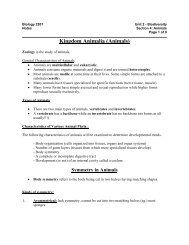
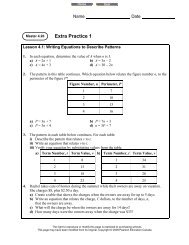
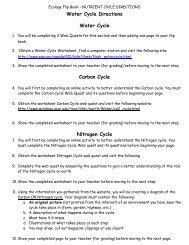
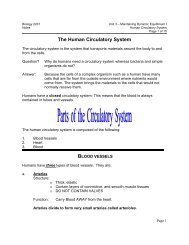

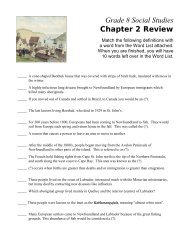



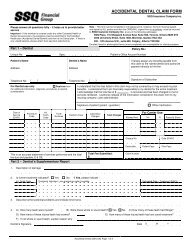
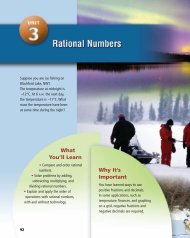
![Living Healthy Newsletter [Winter 2011]:Layout 1.qxd - Eastern Health](https://img.yumpu.com/35820360/1/190x245/living-healthy-newsletter-winter-2011layout-1qxd-eastern-health.jpg?quality=85)